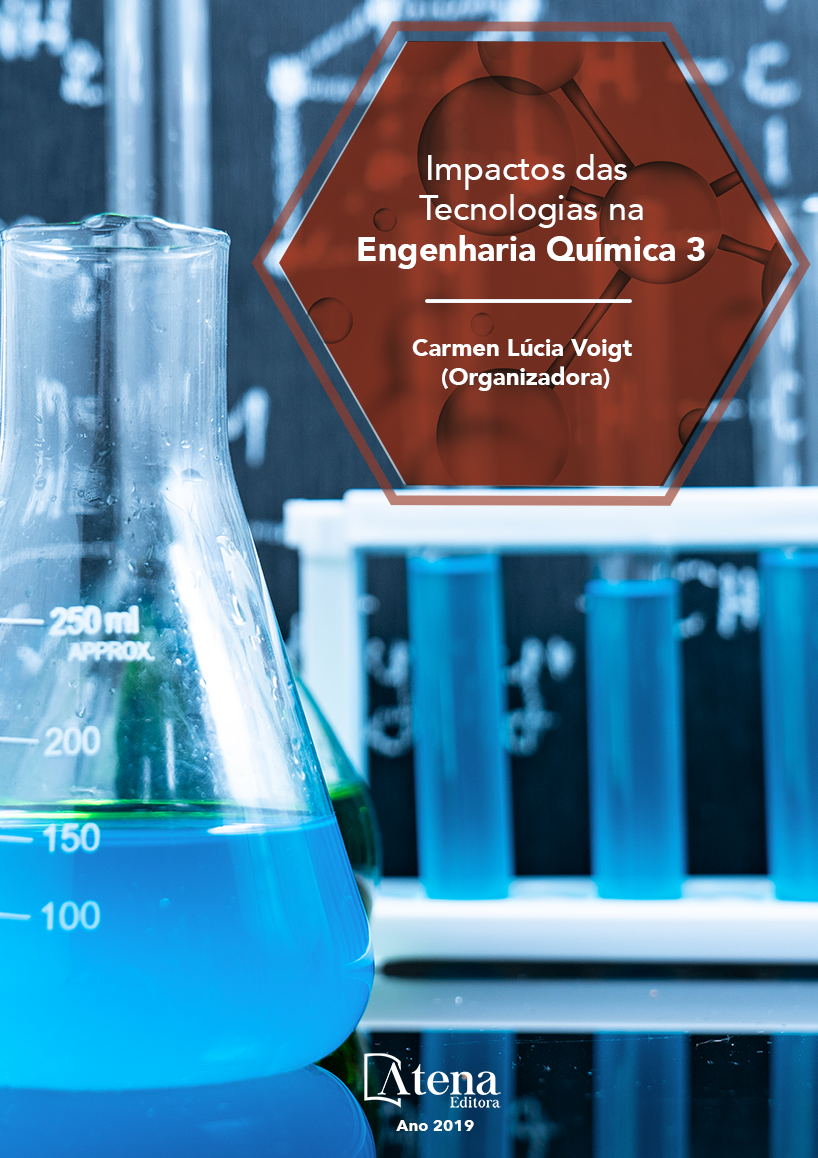
BIODEGRADAÇÃO DO SURFACTANTE LINEAR ALQUILBENZENO SULFONATO DE SÓDIO EM DOIS DETERGENTES LIQUIDOS COMERCIAIS UTILIZANDO FUNGO FILAMENTOSO Penicillium crustosum
Os detergentes são compostos
que reduzem a tensão superficial de outras
substâncias, sendo assim considerados
tensoativos, por sua formulação conter o
surfactante alquilbenzeno linear sulfonado
(LAS). Este surfactante é indispensável na
formulação de detergentes comerciais, que não
são completamente biodegradáveis, podendo
ser tóxicos para o ambiente aquático. O
objetivo desse trabalho foi analisar a eficiência
do fungo filamentoso Penicillium crustosum na
biodegradação do LAS em dois detergentes
líquidos comerciais. Para isso, foi realizado um
planejamento estatístico DCCR (Delineamento
Composto Central Rotacional) 22 com 4 pontos
axiais e triplicata no ponto central com duas
variáveis independentes (concentrações de
sulfato de amônio e LAS) e a variável resposta
analisada foi remoção de detergente (%). Os
fungos foram inoculados em meios de cultivo
líquidos em frascos cônicos de 125 mL e
incubados em shaker a 25°C e 180 rpm durante
cinco dias. A determinação de surfactante
foi realizada por meio do método de azul de
metileno (MBAS). As remoções de surfactantes
nos meios contendo o detergente A variaram de
67 a 96% e nos meios contendo o detergente B
variaram de 76 a 100%. Tais resultados mostram
que o fungo Penicillium crustosum, foi muito
eficiente na biodegradação de LAS, podendo
ser uma alternativa interessante para futuras
aplicações em tratamentos de águas residuárias contendo LAS em suas composições.
BIODEGRADAÇÃO DO SURFACTANTE LINEAR ALQUILBENZENO SULFONATO DE SÓDIO EM DOIS DETERGENTES LIQUIDOS COMERCIAIS UTILIZANDO FUNGO FILAMENTOSO Penicillium crustosum
-
DOI: 10.22533/at.ed.31919010430
-
Palavras-chave: Biodegradação, Detergente, Fungo Filamentoso.
-
Keywords: Biodegradation, Detergent, Filamentous Fungus.
-
Abstract:
Detergents are compounds that reduce the surface tension of other
substances, being thus considered tensoactives, by its formulation containing the
sulfonated linear alkylbenzene surfactant (LAS). This surfactant is indispensable in
the formulation of commercial detergents, which are not completely biodegradable and
may be toxic to the aquatic environment. The objective of this work was to analyze the
efficiency of the filamentous fungus Penicillium crustosum in the biodegradation of LAS
in two commercial liquid detergents. For this, a DCCR (Compound Central Rotational
Compound Design) 22 plot with 4 axial points and triplicate at the central point was
performed with two independent variables (concentrations of ammonium sulphate and
LAS) and the response variable analyzed was detergent removal (%). The fungi were
inoculated into liquid culture media in 125 ml conical flasks and incubated in shaker
at 25ºC and 180 rpm for five days. The determination of surfactant was performed by
means of the methylene blue method (MBAS). Removal of surfactants in the detergente
containing media A ranged from 67 to 96% and in media containing detergent B ranged
from 76 to 100%. These results show that the fungus Penicillium crustosum, was
very effective in the biodegradation of LAS and could be an interesting alternative
for future applications in wastewater treatments containing LAS in its compositions.
-
Número de páginas: 15
- Luiza Maria Amaral Frossard de Paula
- Mayara Costa Franco
- Karen Sartori Jeunon Gontijo
- Ana Maria de Oliveira
- Enio Nazaré de Oliveira Junior
- Sulamita Aparecida Ambrosia dos Santos


